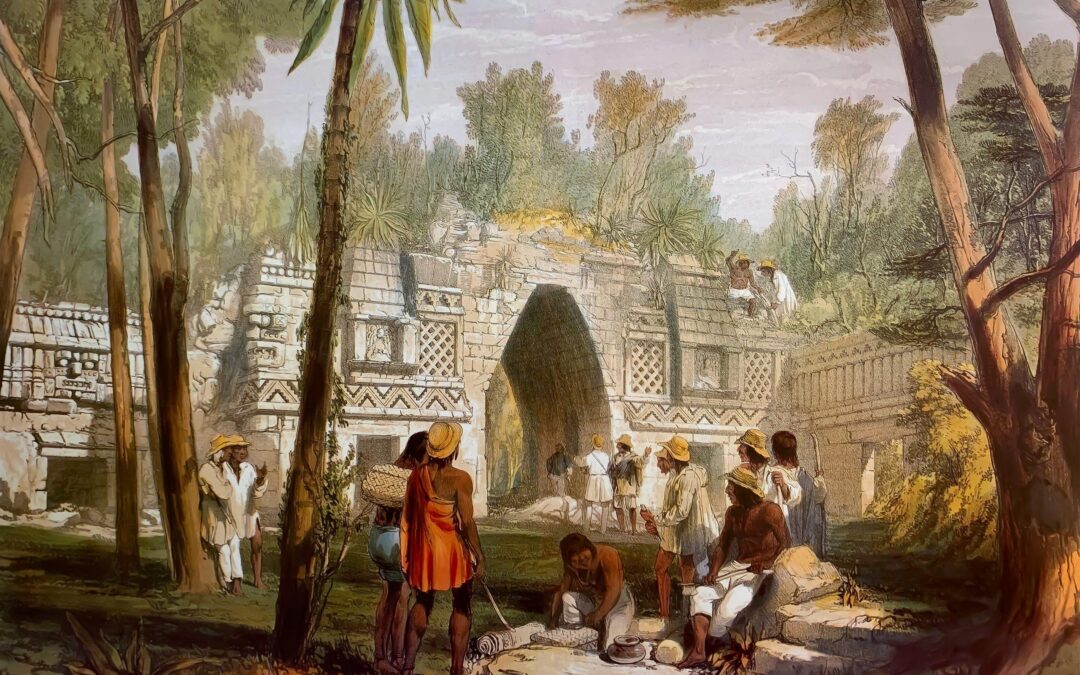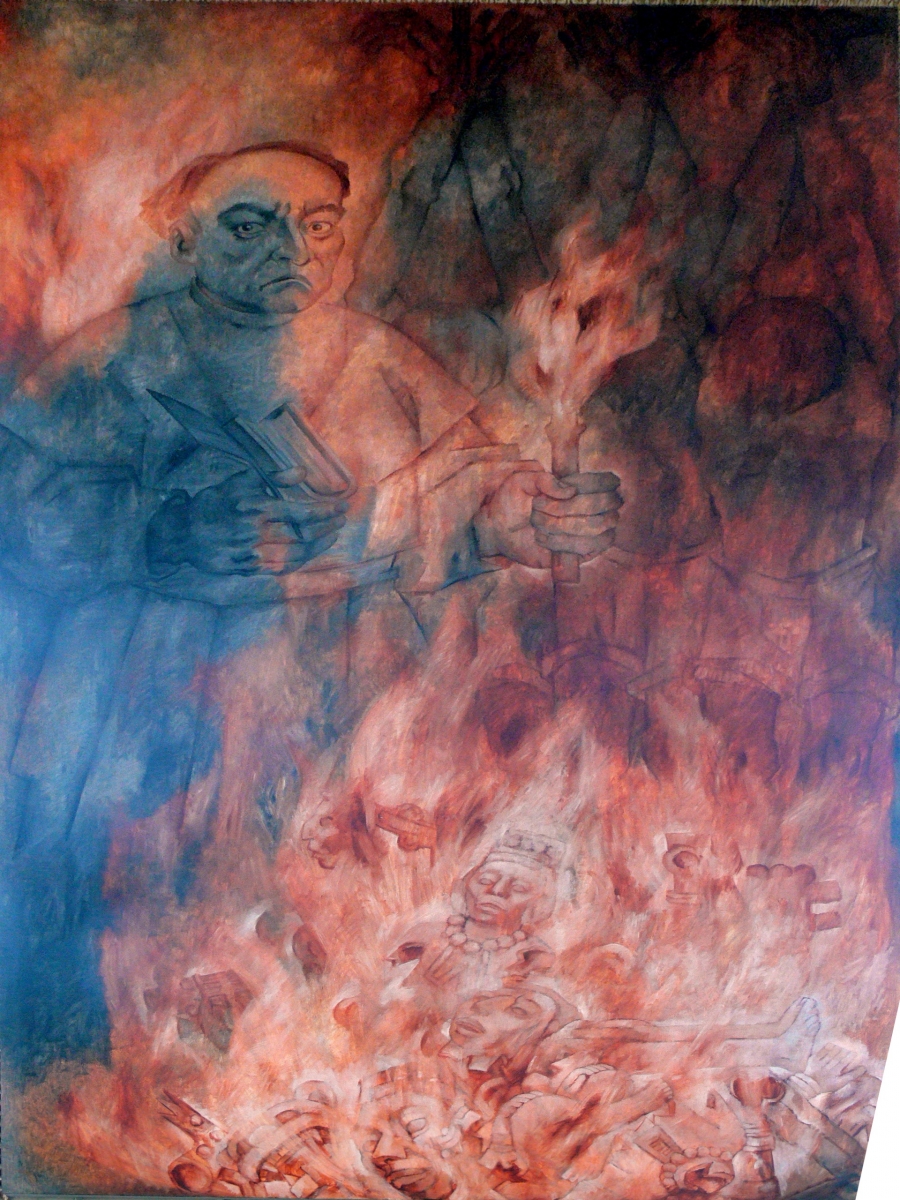- About MAA
- Membership
- MAA Publications
- Periodicals
- Blogs
- MAA Book Series
- MAA Press (an imprint of the AMS)
- MAA Notes
- MAA Reviews
- Mathematical Communication
- Information for Libraries
- Author Resources
- Advertise with MAA
- Meetings
- Competitions
- Programs
- Communities
- MAA Sections
- SIGMAA
- MAA Connect
- Students
- MAA Awards
- Awards Booklets
- Writing Awards
- Teaching Awards
- Service Awards
- Research Awards
- Lecture Awards
- Putnam Competition Individual and Team Winners
- D. E. Shaw Group AMC 8 Awards & Certificates
- Maryam Mirzakhani AMC 10 A Awards & Certificates
- Two Sigma AMC 10 B Awards & Certificates
- Jane Street AMC 12 A Awards & Certificates
- Akamai AMC 12 B Awards & Certificates
- High School Teachers
- News
You are here
Maya Cycles of Time: Introduction
(Editors' note: Para acceder a una versión en español de este artículo, haga clic aquí. This article was originally published in Convergence in March of 2007. We are pleased to "reprint" it in Loci: Convergence in 2012.)
John Lloyd Stephens and Frederick Catherwood brought the ancient Maya to world attention in 1841 with their illustrated volumes entitled Incidents of Travels in Central America, Chiapas and Yucatan.

Figure 1. Maya city of Labna from Catherwood’s Views of Ancient Monuments in Central America (1844).
For some time after, though, much about this lost civilization remained shrouded in mystery. A Spanish colonial Franciscan priest, Fray Diego de Landa, had come very close to annihilating the civilization in an effort to wipe out practices he viewed as relapses into paganism. He burned every Mayan book he could find. Only four of the written records of Maya heritage survived the flames of de Landa’s infamous 1562 auto da fe. To atone, de Landa published Relacion de las cosas de Yucatan in 1566, reconstructing as much as he could of the lost heritage. Ironically, that source, written in Spanish, was a key to deciphering Mayan glyphs in later years.

Figure 2. (Fray Diego) de Landa, Government Palace, Merida, Mexico. Wikimedia Commons.
Sandra Monteferrante (Dowling College), "Maya Cycles of Time: Introduction," Convergence (July 2012), DOI:10.4169/loci003886




